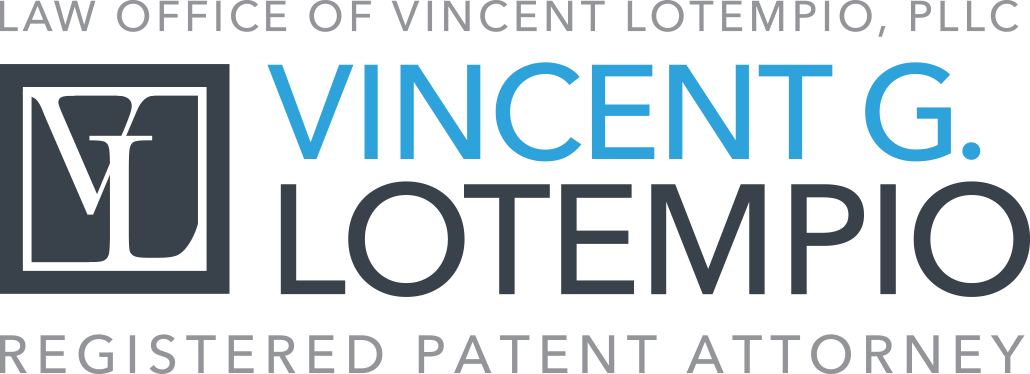A trademark loses eligibility for legal protection if it is deemed generic, and thus loses its ability to indicate a source of origin. When a term is generally understood by the public as representing the object instead of a trademark which identifies the source of the goods, the term is considered generic and part of the public domain for anyone to use to describe their goods or services.
To prevent trademarks from becoming generic, owners should use the term in advertisements as adjectives instead of nouns, and use special written or typed forms with a trademark symbol, e.g. the “Circle R” (®) symbol. For example, a manufacturer should not use the trademark as a noun, i.e. “Buy a box of Kleenex today”, rather it should advertise: “Buy a box of facial tissues made by Kleenex® today.”
Examples of marks which were originally protected trademarks, but which have lost its legal ability to indicate a source of origin as a protectable trademark by becoming a common name or class name for the goods or services: Aspirin, Catseye, Cellophane, Dry ice, Escalator, Heroin, Kerosene, Laundromat, Linoleum, Mimeograph, Petrol, Touch-tone, Videotape, Webster’s Dictionary, Windbreaker, Yo-Yo, ZIP code, and Zipper.
